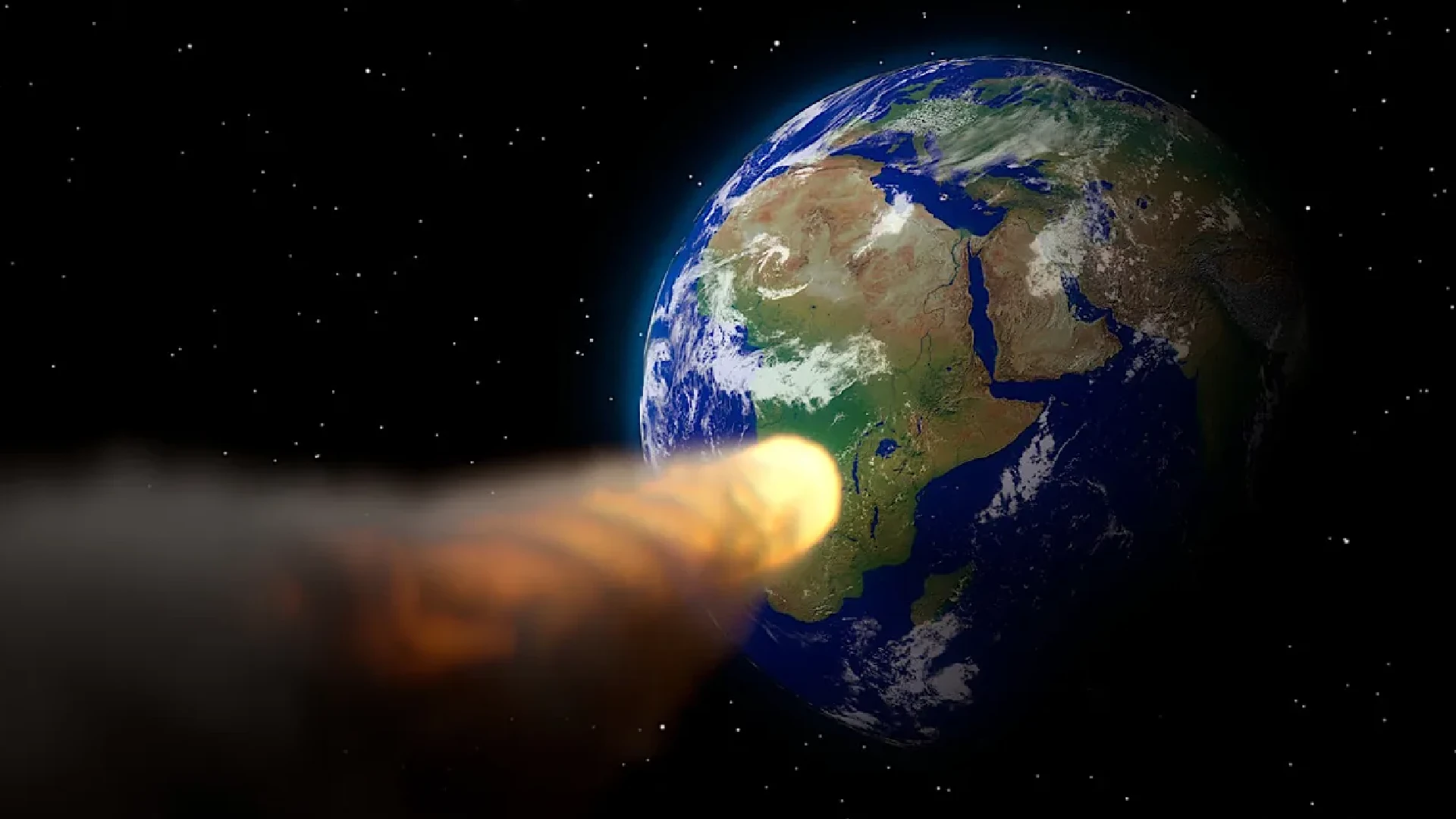The threatening huge asteroid is expected to fly past Earth on Thursday, May 5 at a speed of 37,400 kilometres per hour, as per the National Aeronautics and Space Administration (NASA). The asteroid 418135 (2008 AG33) seems to have an average diameter of 350 to 780 meters, according to NASA’s Center for Near-Earth Object Studies (CNEOS).
Any space event that comes within 193 million kilometres of the Earth is classified as “possibly near to the Earth” (NEO) by NASA, as is any object moving faster than 7.5 million kilometers. NEOs can periodically approach close to Earth as they circle the sun.
Even so, in human terms, the astronomically “near” route could be excessively far: millions or tens of millions of kilometers. As per Live Science, the asteroid 418135 is predicted to pass by our planet without causing any damage.
https://twitter.com/Shannon76250057/status/1519771364051197952
1.8 kilometers wide potential hazardous asteroid to come close to Earth in May
— Aadith.p (@PpraseenaP) May 3, 2022
According to reports, the asteroid approaches Earth at a speed of around 30 times that of sound, passing within 3.2 million kilometers of the planet, roughly eight times the normal gap separating Earth and the Moon.
The asteroid swings away from our planet every seven years. The next close approach is expected on May 25, 2029. It will not, however, be the biggest space rock to pass through all the Earth’s atmosphere.
NASA launched the spacecraft in November as part of its twofold asteroid redirection test mission, which aims to send a harmless asteroid into space. China has also been working on an asteroid redirect mission. By blasting rockets into the underside of the Long March 5 rocket, the government claims it will be able to redirect the space rock from a potentially disastrous crash on Earth.
